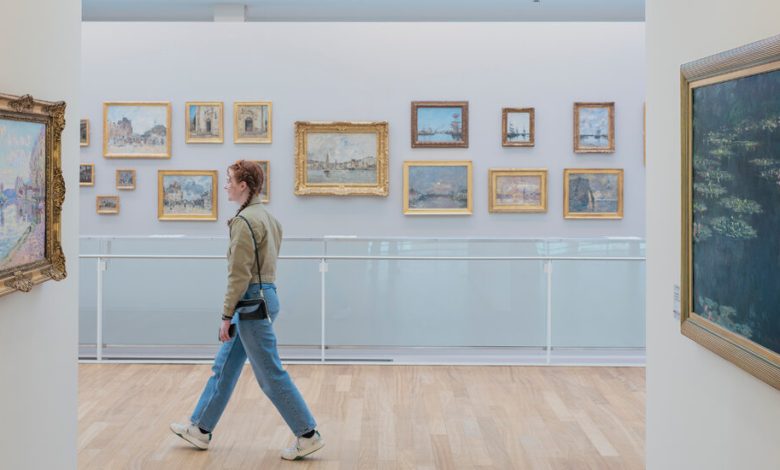Discover Le Havre, Where Impressionism Was Born

As the fog of dawn lifted one morning in mid-November 1872, Claude Monet looked out the window of his hotel room in the French city of Le Havre and furiously painted his vision of its industrial harbor. He flung his brush with quick strokes and played with the water, stretching it with rays of color.
In one sitting, he created “Impression, Sunrise,” a painting of a vivid orange sun with its reflection shimmering in the sea.
In 1874, Monet, who grew up in Le Havre on the Normandy coast, included the painting in an exhibition of 30 artists’ work organized in response to the Paris Salon, an annual showcase of academic art. The critic Louis Leroy denounced “The Exhibition of the Impressionists” and mocked the title of Monet’s painting. “An impression, I’m sure,” he wrote. “I thought to myself, this has made an impression on me so there must be impressions somewhere in there.”
Impressionism was born.
This year, France is celebrating the 150th anniversary of the movement. In Paris, the Musée d’Orsay is exhibiting 130 works from and related to the 1874 exhibition and offering a one-hour immersive tour with virtual reality headsets. It is sending 178 other works to more than 30 museums throughout France.
The Musée Marmottan, which owns “Impression, Sunrise,” has agreed to lend it to the Orsay until July for its exhibition “Paris 1874: Inventing Impressionism” and to the National Gallery in Washington where the exhibition travels in September.
